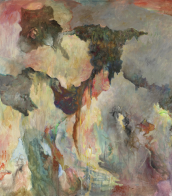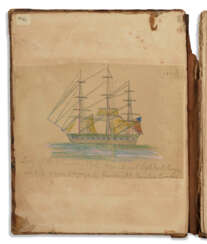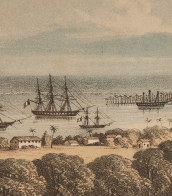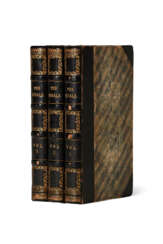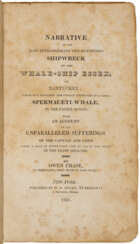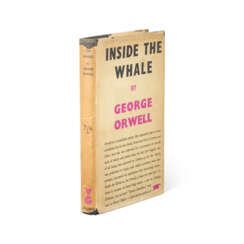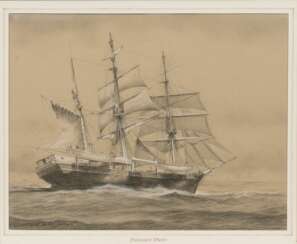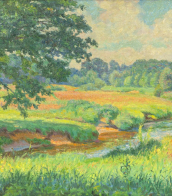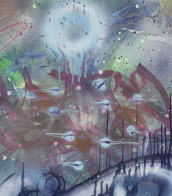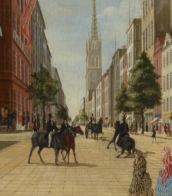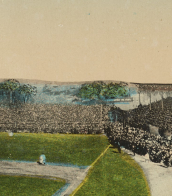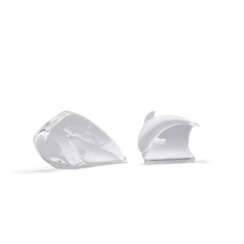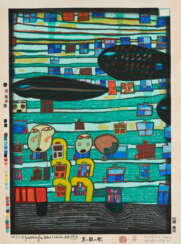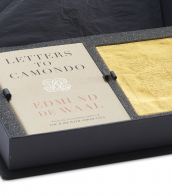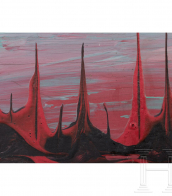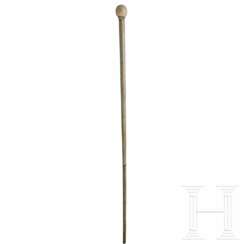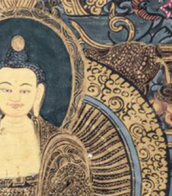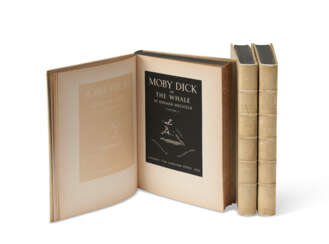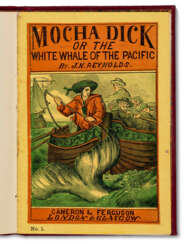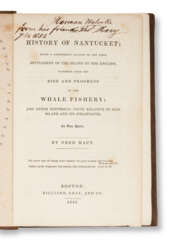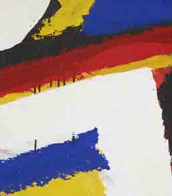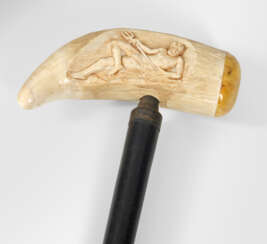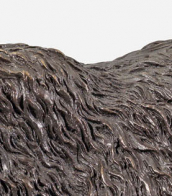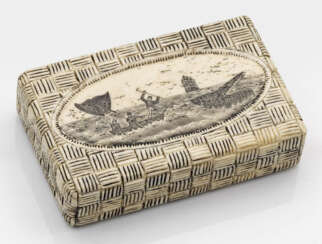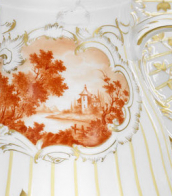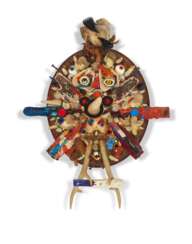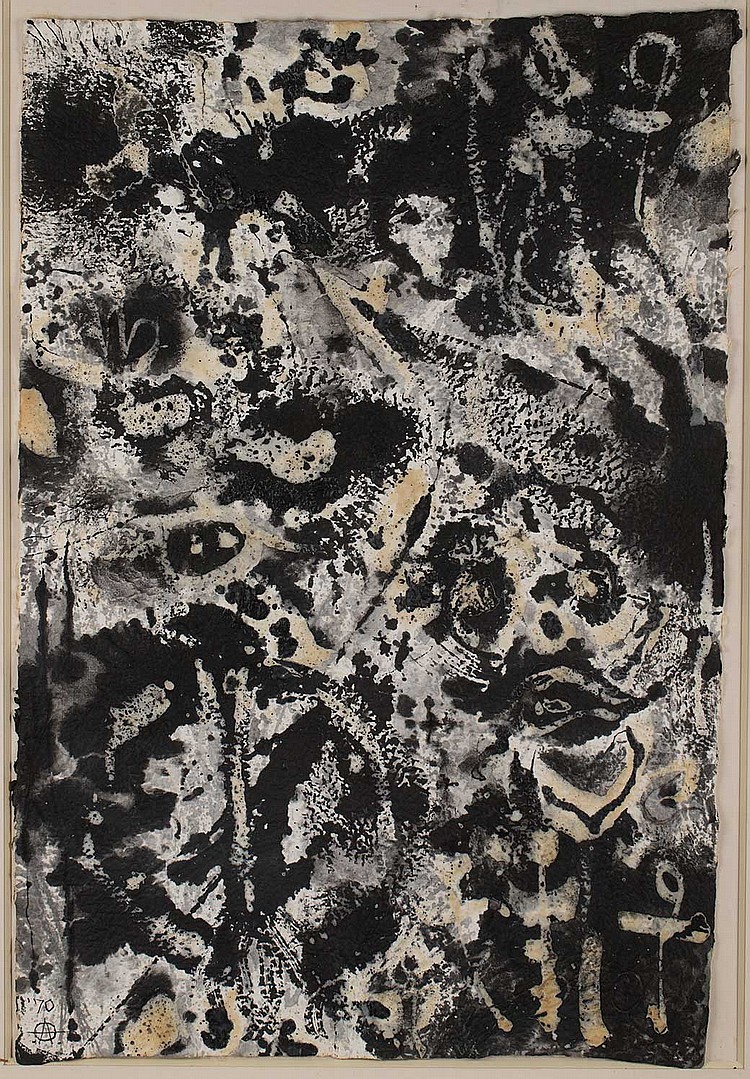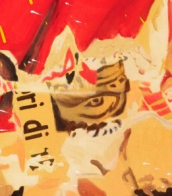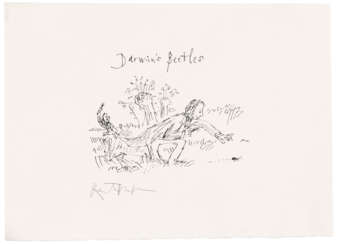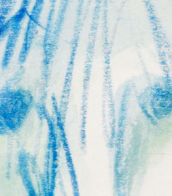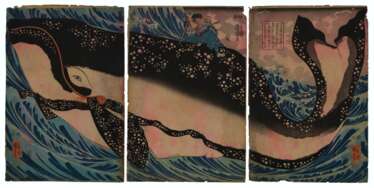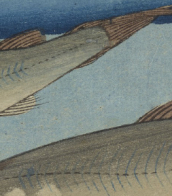whale
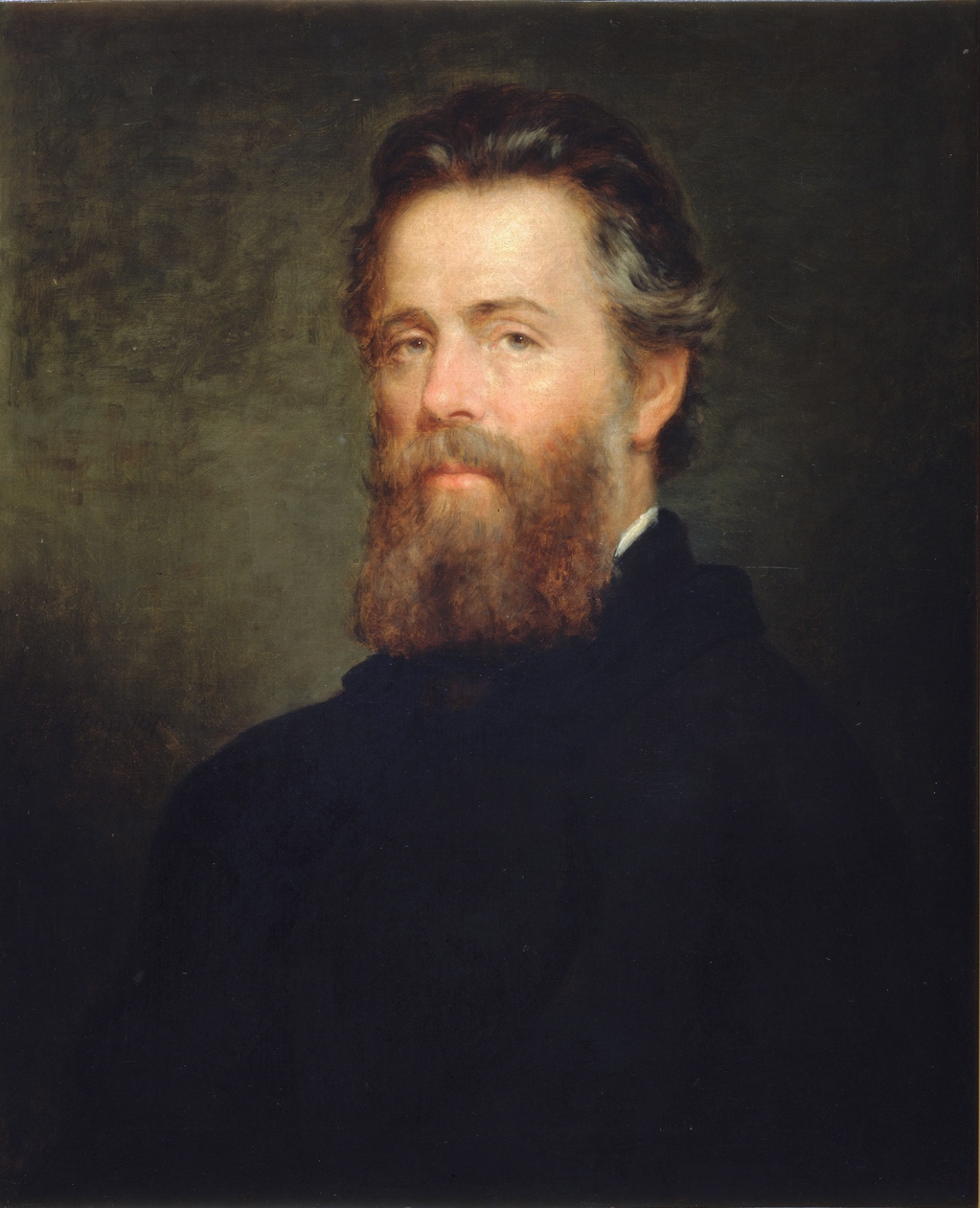
Herman Melville was an American writer, poet, and sailor.
Melville's hardship-filled youth ended on a whaling ship. He returned from his adventures in the South Seas in October 1844, and wrote "Taipi" the following spring. The book was based on the events surrounding Melville's desertion from the whaling ship Acushnet in 1842 and subsequent adventures in the Marquesas Islands.
Melville wrote several other novels and short stories and many poems, but during his lifetime his works were little appreciated by his contemporaries. Only in the 1920s began to rethink Melville, and he was recognized as a classic of world literature. World fame Melville already in the 20th century brought irrational novel "Moby Dick".

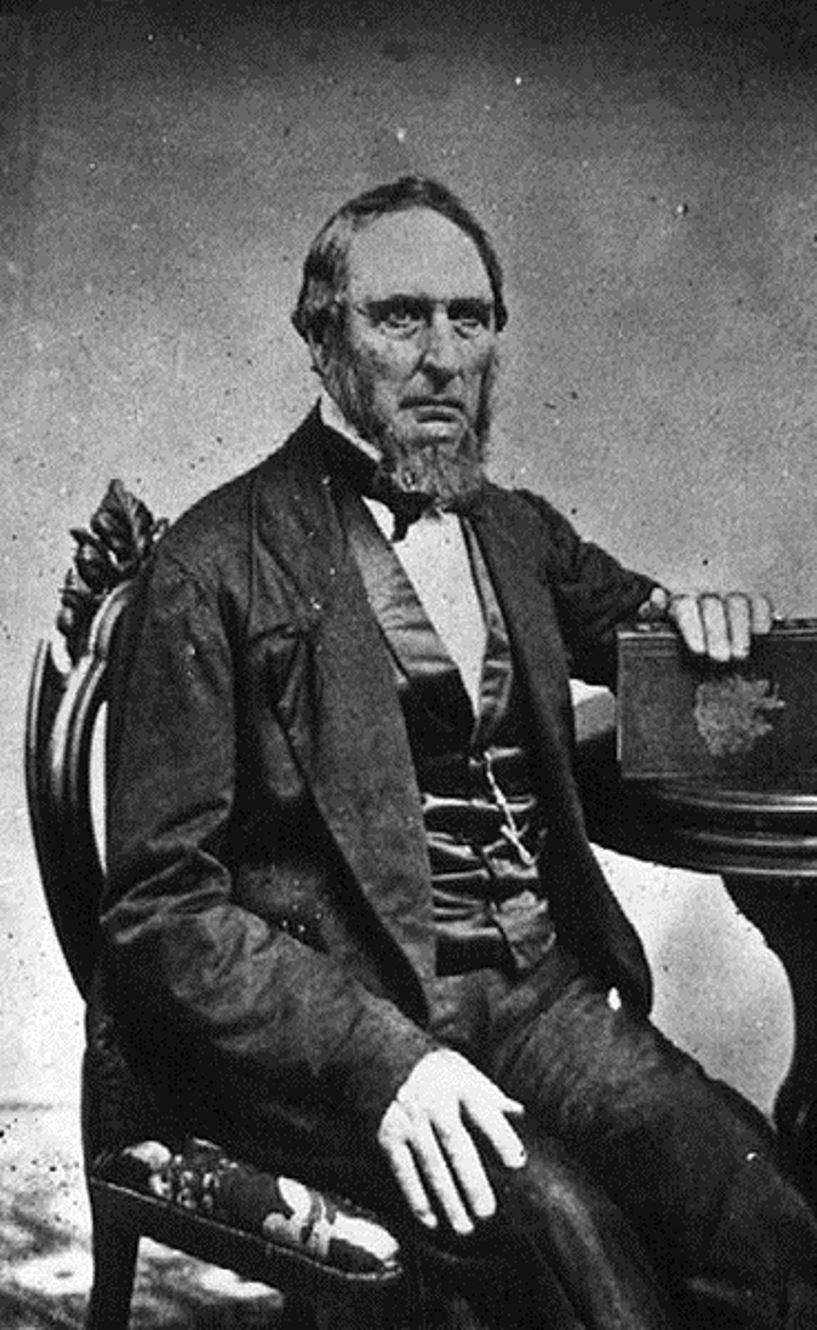
Owen Chase was an American sailor and writer.
Chase became famous after publishing his detailed account of how a whaling ship, on which he was first mate captain, rammed and sank a sperm whale. The captain and crew spent three months at sea in open boats. Of the twenty crew members, eight survived when they managed to reach land.
This book, published in 1821, inspired the writer Herman Melville to write his famous novel Moby Dick.

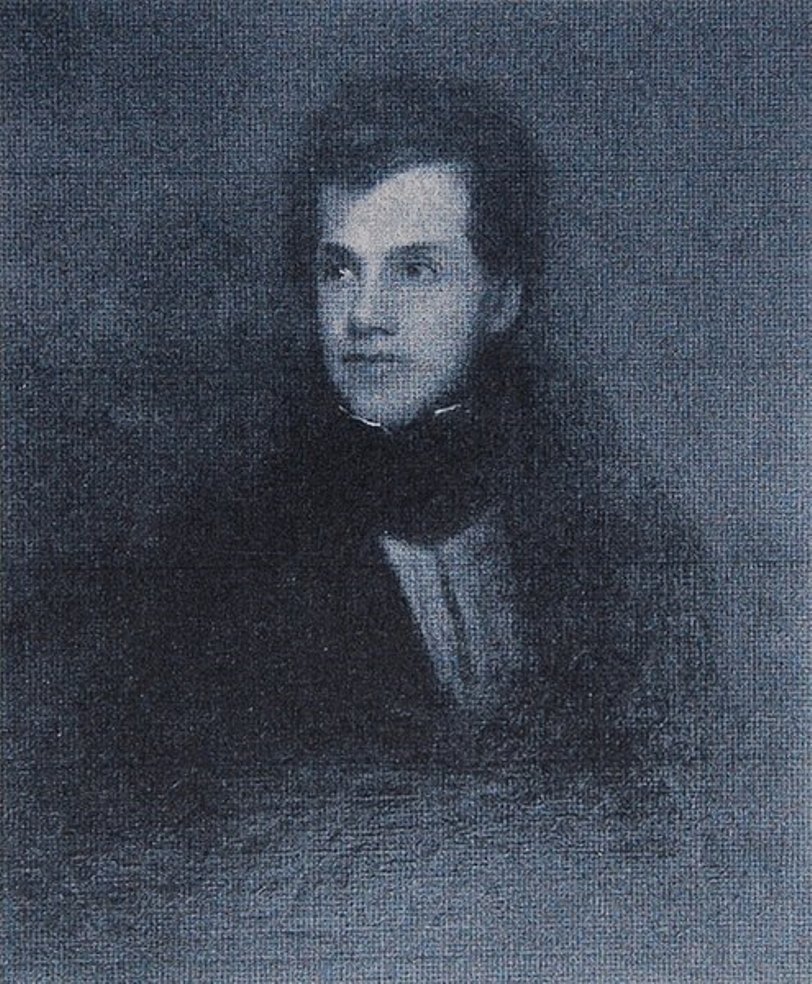
Joseph Coleman Hart was an American author, lawyer, and public servant of the first half of the 19th century.
Hart had a law degree, served as a colonel in the National Guard and as a school principal. During this period he wrote a number of geography textbooks that were widely used. He was a longtime resident of New York City and was friends with several literary men and worked as a journalist. At the end of his life, he served as the American consul in Santa Cruz de Tenerife in the Canary Islands.
Joseph Hart is best known today as the author of the novel Miriam Coffin, or The Whale Fishermen (1834). America's first whaling novel was originally written in part to encourage congressional support for whaling. But it is better known today for being the precursor to Herman Melville's famous novel Moby Dick.


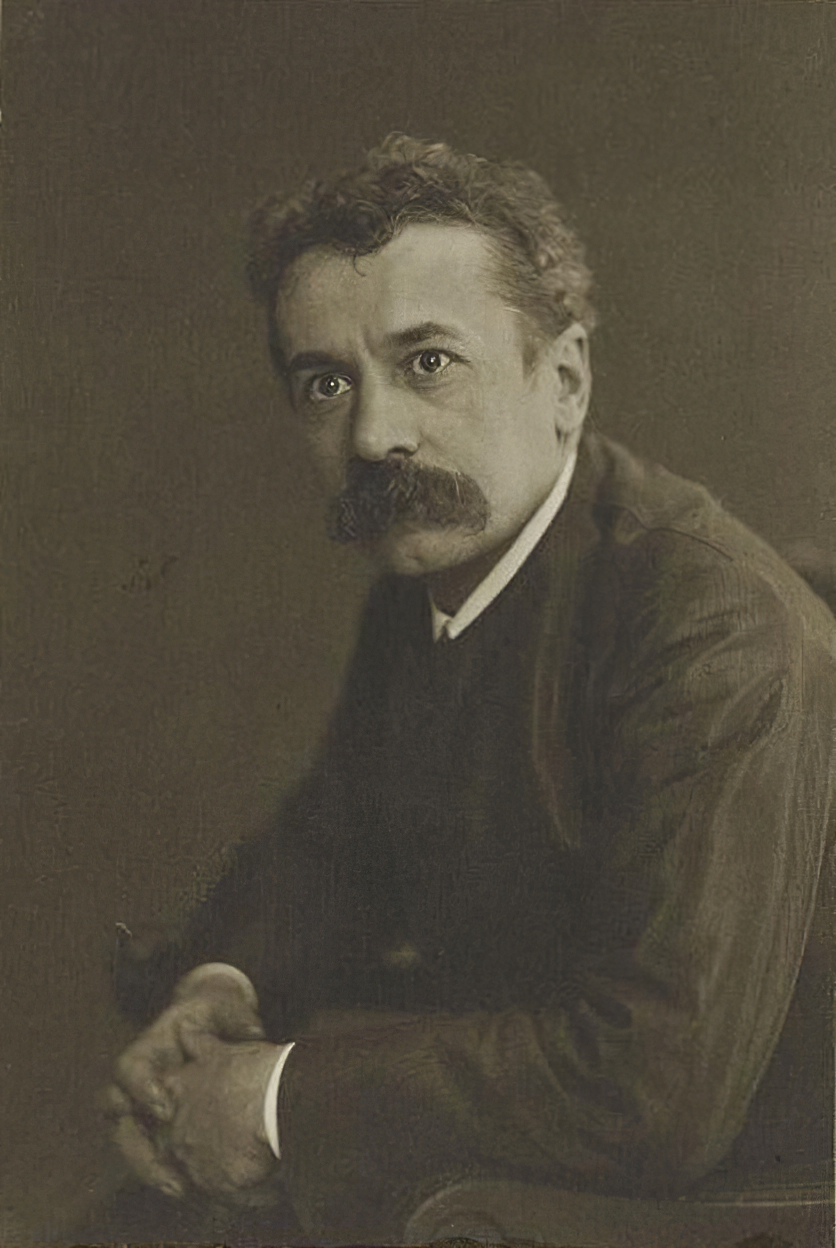
René Jules Lalique was a French jeweller, medallist, and glass designer known for his creations of glass art, perfume bottles, vases, jewellery, chandeliers, clocks, and automobile hood ornaments.
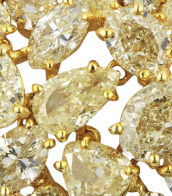
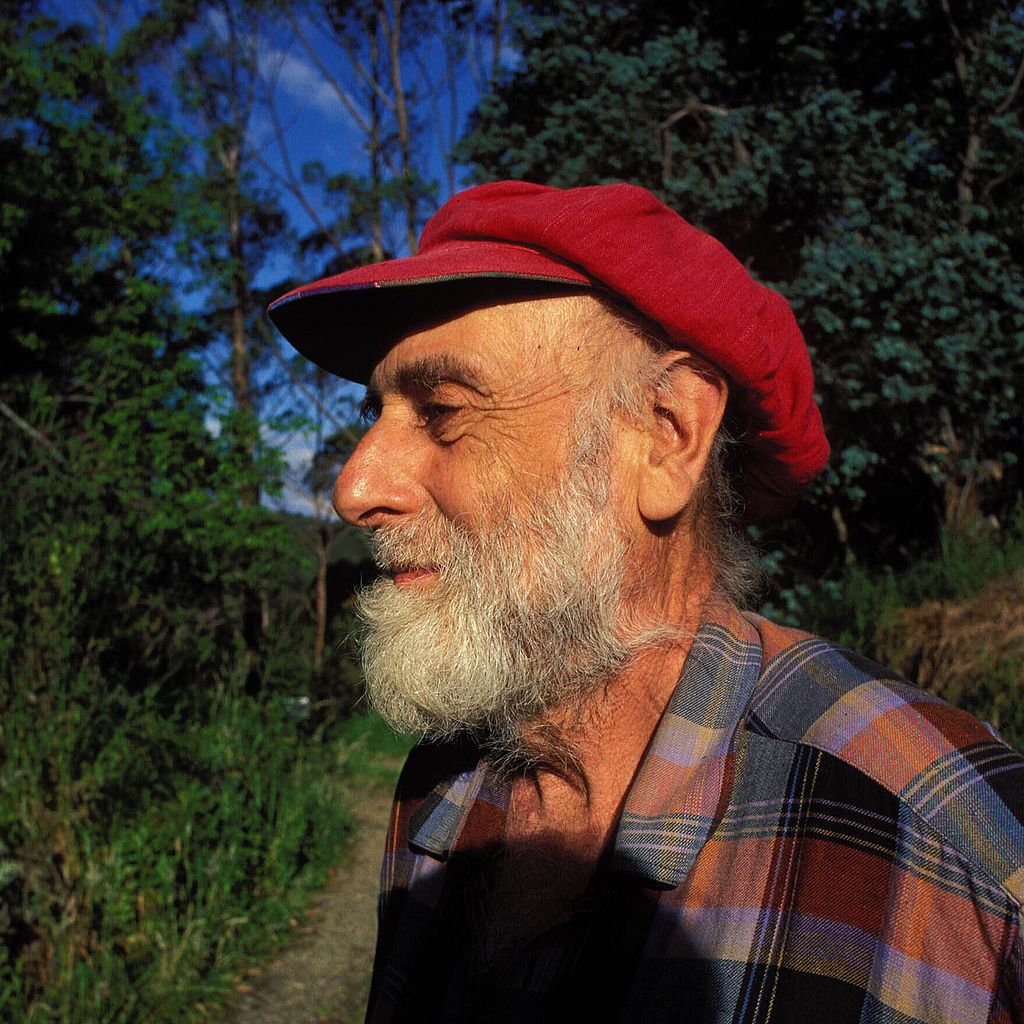
Friedensreich Regentag Dunkelbunt Hundertwasser was an Austrian visual artist and architect who also worked in the field of environmental protection.
Hundertwasser stood out as an opponent of "a straight line" and any standardization, expressing this concept in the field of building design. His best known work is the Hundertwasserhaus in Vienna, which has become a notable place of interest in the Austrian capital, characterised by imaginative vitality and uniqueness.
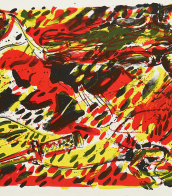

Ralf Winkler, alias A. R. Penck, was a German painter, printmaker, sculptor, and jazz drummer. A neo-expressionist, he became known for his visual style, reminiscent of the influence of primitive art.
